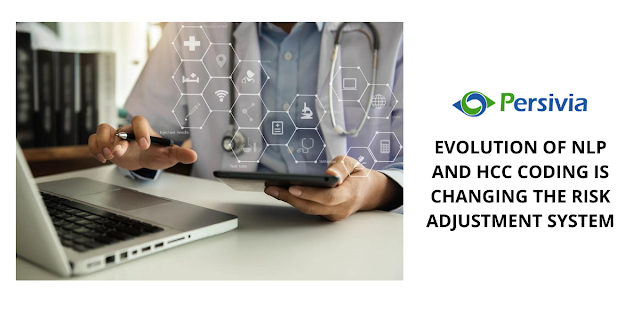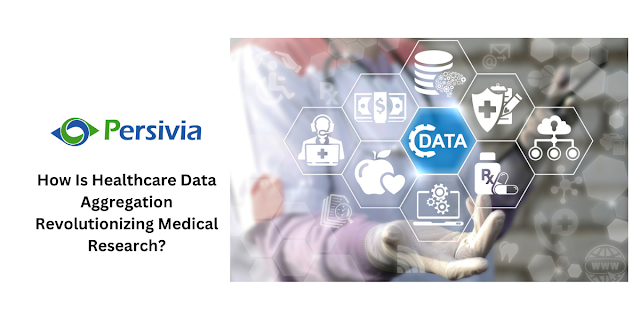EVOLUTION OF NLP AND HCC CODING IS CHANGING THE RISK ADJUSTMENT SYSTEM
CMS employs risk adjustment to reflect the changes in beneficiary-level risk variables that might impact better health outcomes and medical expenditures, independent of the care offered. Risk Adjustment Solutions are essential to the healthcare industry's financial and clinical facets.
The government is offering healthcare for a large section of the population through value-based care programs, including Medicare, Medicaid, and the ACA exchange. These models depend on a method known as risk adjustment, a tool used in finance to calculate the cost of providing healthcare to a covered population.
Risk Adjustment Methodology
Risk adjustment is a mechanism for predicting healthcare expenses that compare a person's health state to a number known as a risk score. By covering members with projected lower healthcare expenditures, the risk to a health plan that ensures members with high healthcare usage is adjusted.
Risk Adjustment Solutions
Risk adjustment analytics and data mining techniques assist the market-leading risk adjustment programs, combining support and score gap action. Such a Risk Adjustment Solution combines technology, artificial intelligence (AI), predictive analysis, and deep subject-matter capabilities to ensure risk-associated finance is streamlined while maintaining the necessary compliance to track the progress of the risk adjustment program. These HCC Coding-based solutions offer complete, end-to-end prospective and retrospective risk adjustment services and assistance for healthcare plans.
HCC Coding for Risk Adjustment Excellence
With the typical Medicare Advantage (MA) member getting 39 options in 2022, the competition in the market is heating up, and plans that haven't seized full advantage of the opportunities to promote risk adjustment perfection will lag.
To guarantee high accuracy, plans must understand the core tasks of suspect analytics, diagnostic and therapeutic data capture, HCC Coding, and data reporting. Fundamental principles, however, won't be enough to make programs stand out in today's fiercely competitive Medicare Advantage market.
Coders Place a Strong Emphasis on NLP Use
It can be challenging to locate and maintain resources with the knowledge necessary to appropriately code risk-adjustable circumstances while guaranteeing regulatory compliance. Emerging technologies like artificial intelligence (AI) and natural language processing (NLP) are improving coding productivity enormously.
These tools assist and improving the knowledge of a trained coder. Health plans require robust Risk Adjustment Solutions with the capability, resources, and adaptability to manage compliance coding properly.
Aiming to provide
value across the risk adjustment workflow, coders with clinical and technical
experience in machine learning, pattern recognition, and NLP use AI.




Comments
Post a Comment